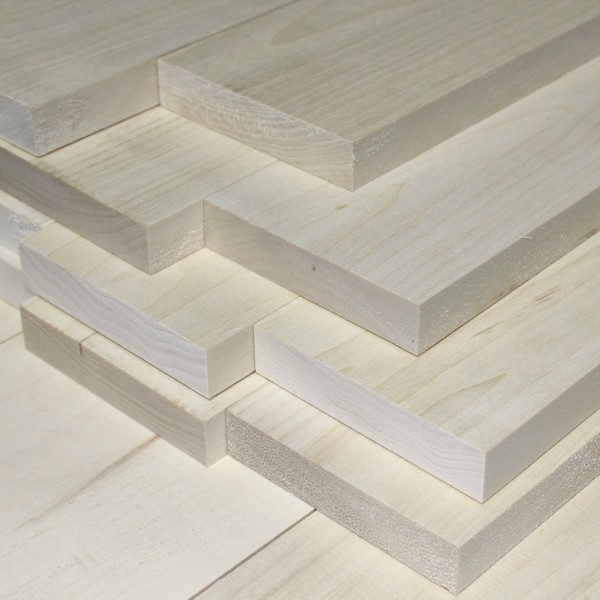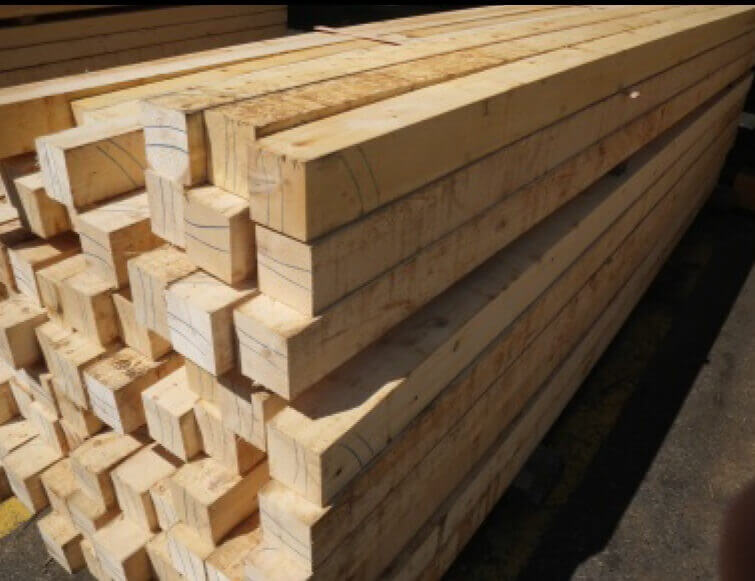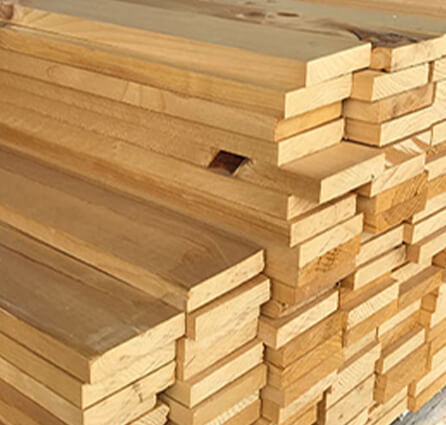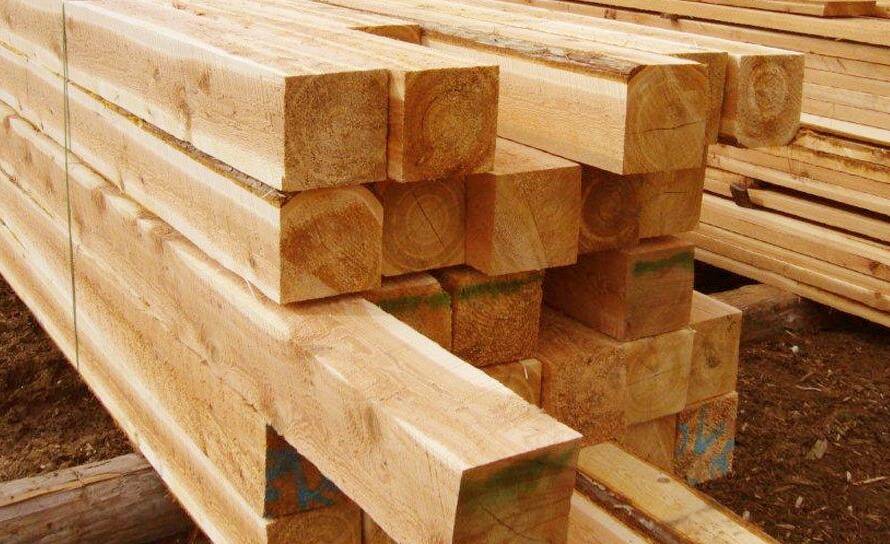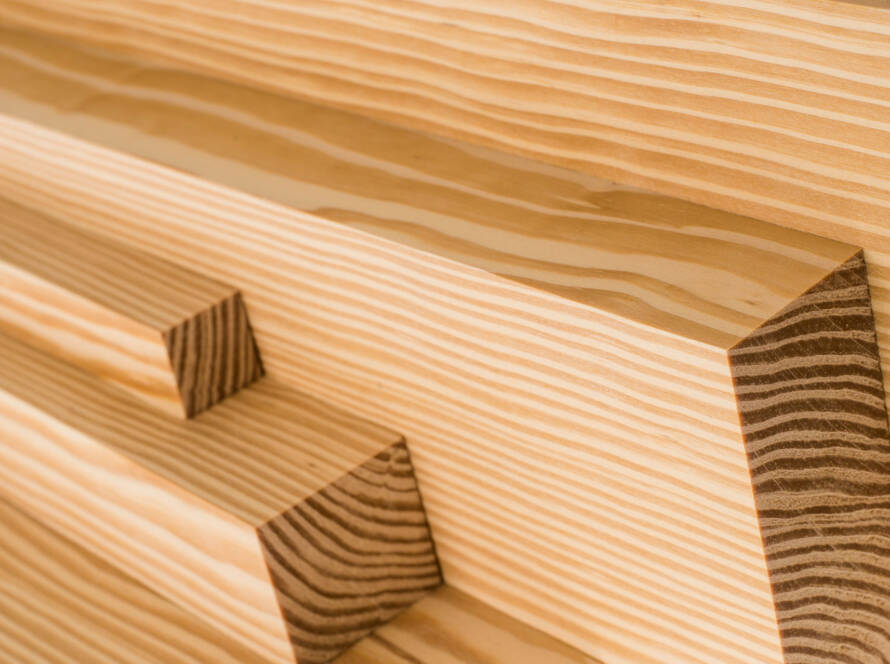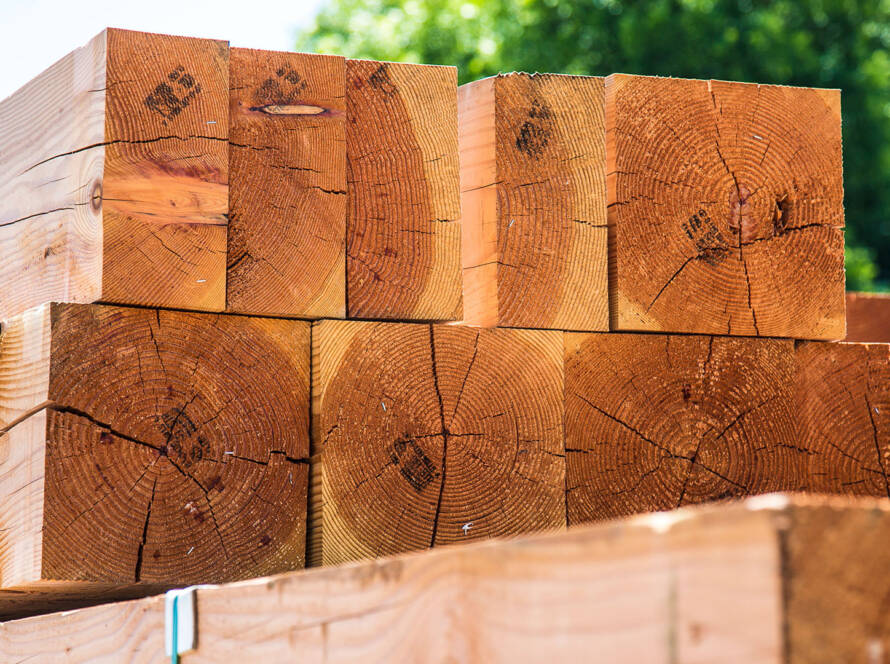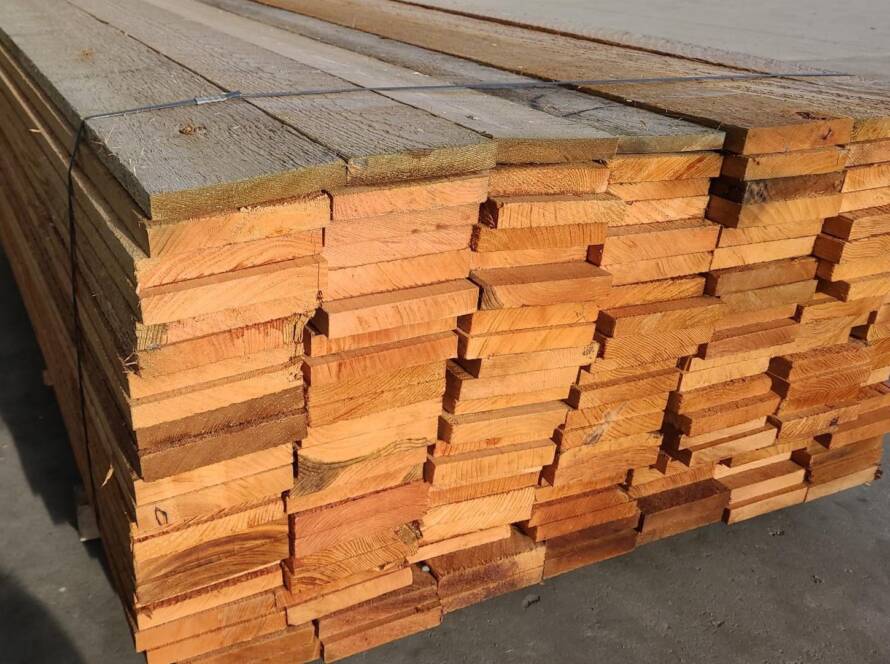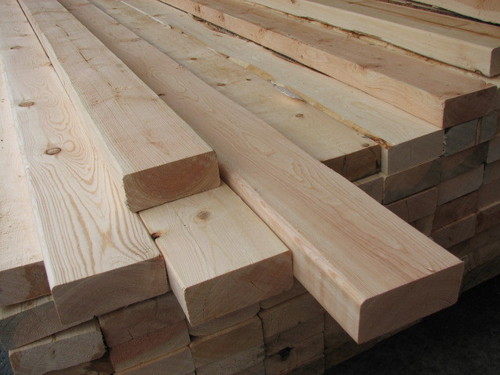Yellow cedar, scientifically known as Callitropsis nootkatensis (formerly Chamaecyparis nootkatensis), is a species of cypress native to the coastal regions of the northwestern United States and western Canada. Here are…
Eastern white pine (Pinus strobus) is a large evergreen tree native to eastern North America. Here are some key features and information about Eastern white pine: Overall, Eastern white pine…
Southern Yellow Pine (SYP) stands out for its exceptional strength, hardness, and durability. Known for its distinctive yellowish hue, SYP is a preferred choice for construction and outdoor projects. Its…
Douglas Fir, esteemed for its strength and versatility, embodies unique qualities in construction. With a straight grain and reddish-brown hue, it’s a preferred choice for framing, flooring, and outdoor projects.…
Western Red Cedar, prized for its distinctive qualities, stands out for its natural resistance to decay, insects, and weather. Its lightweight yet durable characteristics make it ideal for outdoor applications…
Spruce-Pine-Fir (SPF) combines spruce, pine, and fir’s unique qualities. Known for its consistent grain, light color, and excellent strength-to-weight ratio, SPF excels in framing, trusses, and general construction. Versatile and…


